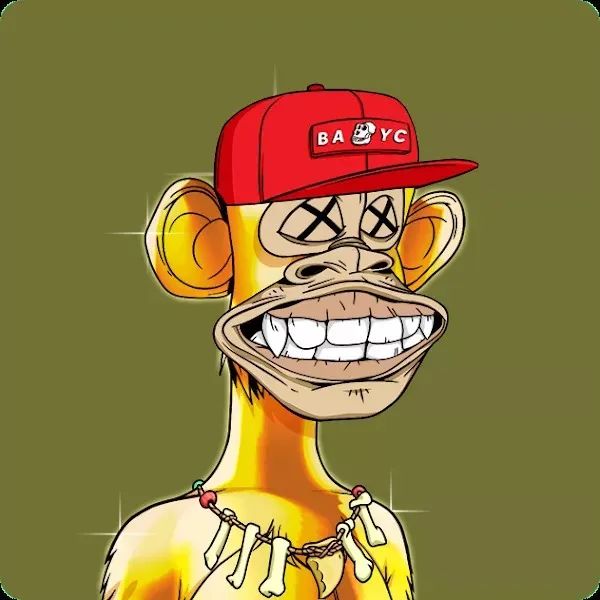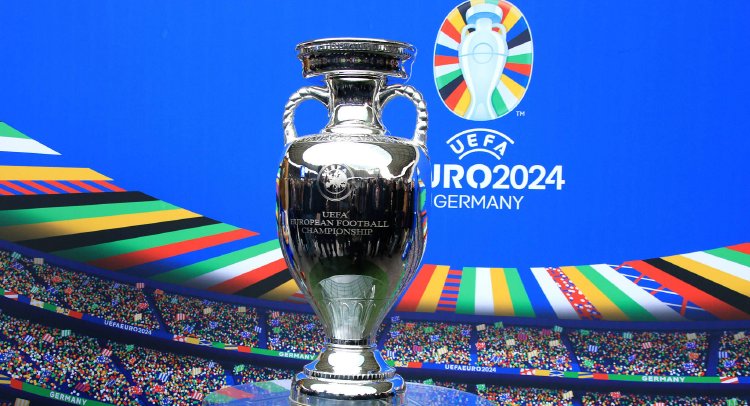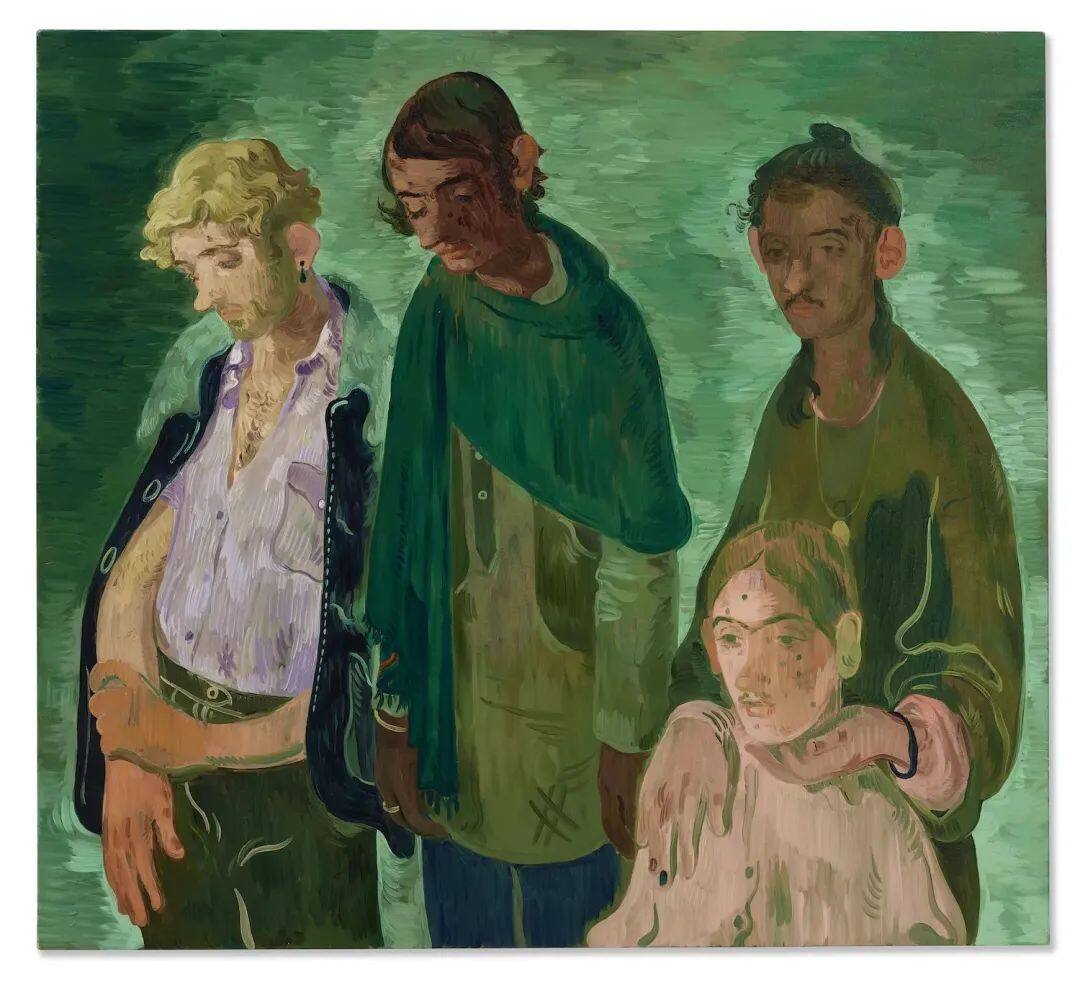After the turmoil caused by the COVID-19 pandemic in 2020 and 2021, the art world had high hopes for the market to return to normal in 2022. In some ways, we did witness a recovery in the market.
Several major collections finally entered the auction market after being postponed several times due to the pandemic. Notably, the Paul G. Allen collection auction held in November saw records being broken one after another, with five top works each selling for more than $100 million. Along with other impressive sales this year, one signal is very clear: even in the face of rising inflation and an imminent global economic downturn, high-end buyers in the art market remain enthusiastic.
This month, we have summarized the five major trends that have led the art market in 2022. In these categories, there are some constants: for example, works by female artists and African artists are being sold at higher prices, continuing the upward trend of the past few years.

At the beginning of 2022, NFTs seemed poised to take over the world. In March, Yuga Labs, the founder of the “Bored Ape” Yacht Club, acquired CryptoPunks and Meebits, creating an NFT giant. Meanwhile, many NFT artists were using the profits from their works to help Ukraine resist the war. At the same time, the decentralized crowdfunding model for art also began to take shape: In February, artist Pak’s work “Clock” was sold to a group of collectors organized through a DAO (Decentralized Autonomous Organization), setting a record sale of $53 million on Ethereum (the proceeds were donated to Julian Assange’s legal fund).
Around the same time, many galleries also began to cater to this new group of collectors. With the proliferation of cryptocurrency wallets, how to fully engage this group of collectors in the art market became a new issue. Tech giant Justin Sun made a splash in late 2021 by purchasing Alberto Giacometti’s “Le Nez” (The Nose, conceived in 1947/49 and cast in 1965) for $78.4 million at Sotheby’s. After this, the issue of integration became even more urgent.
01 The Rise and Fall of NFT
However, by May, the once dazzling light of blockchain art began to be overshadowed by the collapse of cryptocurrency prices. As time went on, this issue became more and more serious, with the “implosion” of the cryptocurrency exchange FTX being one of the reasons. Although there has been a lot of discussion about “crypto contagion,” the art world is still looking for ways to cooperate with NFTs.
Taking Christie’s as an example, the auction house recently launched its shiny new platform “Christie’s 3.0” to coincide with the operation of Miami Art Week (in 2021, Miami Art Week was popular with emerging cryptocurrency collectors). In 2023, it is difficult to see cryptocurrencies being hyped as much as they were in 2021. But after the astronomical prices and noise have disappeared, who knows what the next stage of NFT art will look like?

Salman Toor’s “4 Guests” (2019), set against his signature bean green background, depicts four somber-faced figures. The painting was one of the most eye-catching lots at Christie’s 21st Century Evening Sale on November 17th. It was eventually sold for $856,800, almost four times its estimated value. This was a pleasant surprise: Toor had donated the painting to the auction to fund emergency flood relief in Pakistan. However, this was not the only act of kindness in the form of an auction this year. A month earlier, Stanley Whitney and Gagosian had sold an iconic abstract painting by the artist through Artsy Auctions to support the Art for Justice Fund and Planned Parenthood of Greater New York.
In February and March, art institutions, artists, and auction houses quickly took action, expressing their support for Ukraine while recognizing the severity of the crisis. Although these targeted and ambitious actions still only account for a small fraction of the vast economic activities in the art market, the speed and intensity with which the art community has taken action still show that practitioners are determined to take practical action to address issues that are very important to their audience.
That being said, the frequency of these charity auctions is closely related to the number of collectors who focus on marginalized communities such as BIPOC, women, or LGBTQ+. More and more collectors are considering sustainability behind the art they purchase. According to the “2022 Art Market” report by Art Basel and UBS, most collectors said they have reduced their carbon footprint by reducing travel to exhibitions and choosing more sustainable modes of transportation. The changes in the art world are slow, but it is still refreshing to see more dialogue about the impact of art on the surrounding world.

Is it because of the pandemic lockdown that people have ignited a desire to see people, objects, or environments again? Or is it just a coincidence that portrait paintings have become popular? Regardless, figurative art in 2021 can be said to be ubiquitous. Faces, objects, and highly recognizable scenes have been all over the art fair booths, online galleries, and auction catalogs. However, this year’s trend seems to be changing.
For example, at Gagosian’s Frieze London booth, abstract painter Jadé Fadojutimi’s works, each priced at 500,000 pounds, were sold out before the opening of the fair. At the Phillips auction held in Hong Kong at the beginning of December, Lucy Bull also set a new record in her Asian auction debut. Her work “8:50” (2020) was sold at a high price of 11.4 million Hong Kong dollars.
The rise of abstraction is not limited to young artists. This year, historically under-recognized abstract expressionist artist Bernice Bing and artist James Little, who is gradually becoming known for his geometric and monochrome forms, also brought highly acclaimed exhibitions. It seems that even in uncertain times, some trends will still swing back and forth.
02 Collection “Targeted”
Earlier this year, Flora Yukhnovich, a Rococo-style painter born in 1990 and represented by Victoria Miro Gallery since 2021, set a significant sales record by shocking everyone with a historical high price of 3.1 million US dollars. The ultra-contemporary market is thriving more than ever before.
At auction houses, young artists are setting price records unheard of at the beginning of this century, and the frequency is astonishing. Sotheby’s auction house launched a brand new auction called “The Now” in New York in November 2021, which was also the first evening auction specifically for this category. According to a survey by Artprice earlier this year on the auction results of works by artists under 40, the ultra-contemporary art market generated a revenue of 420 million US dollars from July 2021 to June 2022, a 28% increase from the previous year. The simultaneous increase in the auction value and quantity of these works in 2022 is the main reason for the expansion of their total volume.

On the buyer’s side, there is no upper limit for those who are passionate about collecting, and the waiting list for galleries has obviously reached hundreds of people. This is also the reason why the works of young artists are still very competitive even though the prices have soared. The sales rate of ultra-contemporary art at auctions is similar to or even higher than other markets.
Although auction houses are the most obvious field of this trend, the popularity of young artists seems to have affected all aspects of the art world, and major blue-chip galleries have also taken advantage of the trend. White Cube has started to represent young artists such as Danica Lundy (born in 1991), Louise Giovanelli (born in 1993), Ilana Savdie, and Marguerite Humeau (both born in 1986) from this year. At the same time, Gagosian has selected painters Jade Fadojutimi (born in 1993) and Anna Weyant (born in 1995), especially the latter’s soaring prices have caused a great sensation.
03 Abstraction is getting stronger
Although the exhibition “Surrealism Beyond Borders” has been open at the Metropolitan Museum of Art since the end of last year, its influence has continued into this year: this cross-era international exhibition has moved to the Tate Modern, allowing people to re-think and understand the lesser-known participants of this art movement. By the time the Venice Biennale opened in April, the enthusiasm for surrealism and contemporary surrealist works had reached new heights.
In Venice, curator Cecilia Alemani’s “The Milk of Dreams” drew on the roster of female-led surrealist artists such as Jane Graverol, Unica Zürn, and Alice Rahon, and included contemporary artists such as Dora Budor, Marianna Simnett, and Raphaela Vogel, who explore surreal themes in new ways, highlighting elements of the subconscious, mythology, and ghosts.
All of this has not been overlooked by auction houses: Sotheby’s and Christie’s have held special auctions around the surrealist movement (compared to the Venice exhibition, the auctions are more focused on male artists). Given the continued sales of works by female surrealists such as Dorothea Tanning and Leonora Carrington, especially small works and prints, we can conclude that these dream-influenced artists are still favored by collectors.













